It's frigid in Denver this week, but I got some good news last night that warmed me up nicely! Tattered Cover will stock Dynam in their selection of local authors!
Tattered Cover will stock Dynam in their selection of local authors!
For those of you not familiar with Denver, Tattered Cover is a community gathering place, a literary landmark, and a true destination. The store started as a 950-square foot retail space in 1971. Since that time, it has grown to three massive locations in Denver. A new location will open soon at Denver International Airport.
Tattered Cover boasts an enormous collection of literary works. One of the best parts of the company is their strong, community-centric culture. They offer children's outreach, business services, book club outreach and support local authors like me!
I visited Tattered Cover today to grab a copy of Gillian Flynn's Dark Places, which is next on my list to read. (If any of you have read Gone Girl, you know why I had to dig into another Gillian Flynn book! Gal knows what she is doing for sure!) The atmosphere in Tattered Cover is pretty remarkable. Hidden corners and cozy armchairs allow readers to quietly peruse books. The friendly and attentive staff stands readily available to answer any questions. Local art and literature event flyers color the community boards. In short, Tattered Cover feels like a big, warm home.
I'm incredibly honored and excited to be a part of the local authors on display at Tattered Cover. I'm not sure of the exact date my novel will be available in-store, but I will keep you posted.
In the meantime, here's an inspiring quote from the novel.
Happy trails!
Samantha






